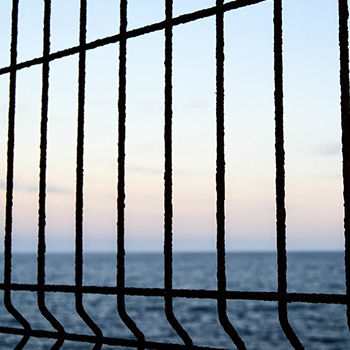Chief
~ Shmalpha ~
- Admin
- #1
Luckily we have Andrew Bolt to tell us the stolen generations never happened, hey?

 www.abc.net.au
www.abc.net.au
My family’s reckoning
It was time to face the difficult truth about my family who lived on stolen land.
Despite that closeness, the family says Maria never spoke about being stolen from her own mother, about her early years working on the sheep stations, or about her culture, her language or her heritage.
"Never," says Loraine vehemently. "I knew nothing."
When pressed as to why, she offers: "I think she didn't want to draw attention to us in any way whatsoever. I think she was afraid that if she did, then they might come."
The government might come to steal the children, she feared, if she spoke to them in an Aboriginal language or spoke to them of her culture. So Maria hid that part of herself.
When her husband went to World War II, she'd also hide her youngest children in a cupboard if a stranger came to call.
Even so, she had to endure the loss of her son Johnny, sent to work on the stations at 14, just as she had been. His younger brother Ned recalls running behind the horse and cart, screaming and crying as he was taken away.
...
“They could take their children at any time. And they would not give you a reason,” she says.
“Even in the 1970s and ’80s, she was still scared. She was still scared up until the day she died.”
The mystery of the laughing girl and the stern matriarch in my family photo album
Ellen Fanning had been looking at the photo for about eight years. The women were not sitting in the lush garden of that vast sheep station by choice. Why were they in her grandmother's photo album?
My family’s reckoning
It was time to face the difficult truth about my family who lived on stolen land.
Despite that closeness, the family says Maria never spoke about being stolen from her own mother, about her early years working on the sheep stations, or about her culture, her language or her heritage.
"Never," says Loraine vehemently. "I knew nothing."
When pressed as to why, she offers: "I think she didn't want to draw attention to us in any way whatsoever. I think she was afraid that if she did, then they might come."
The government might come to steal the children, she feared, if she spoke to them in an Aboriginal language or spoke to them of her culture. So Maria hid that part of herself.
When her husband went to World War II, she'd also hide her youngest children in a cupboard if a stranger came to call.
Even so, she had to endure the loss of her son Johnny, sent to work on the stations at 14, just as she had been. His younger brother Ned recalls running behind the horse and cart, screaming and crying as he was taken away.
...
“They could take their children at any time. And they would not give you a reason,” she says.
“Even in the 1970s and ’80s, she was still scared. She was still scared up until the day she died.”
Last edited:




